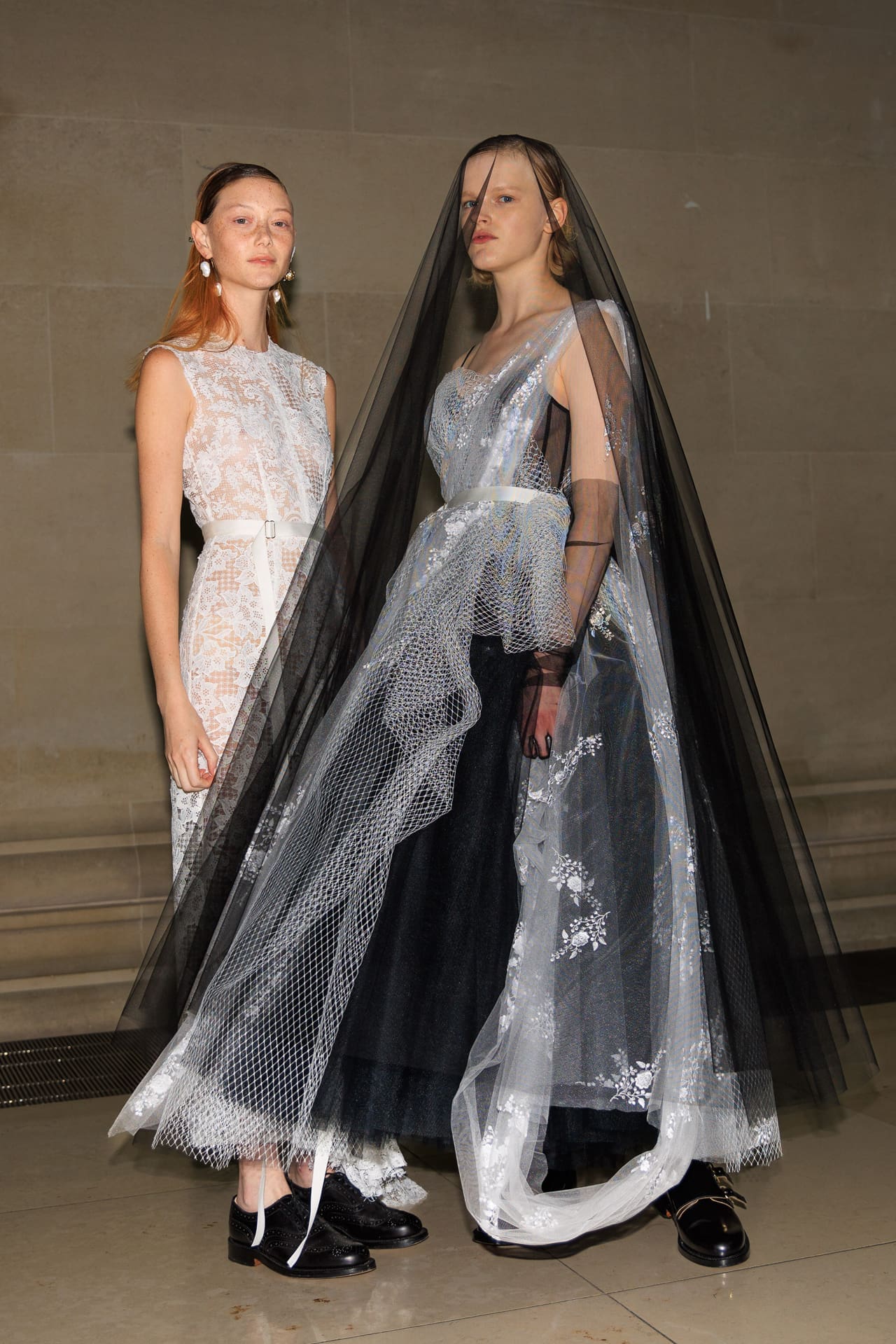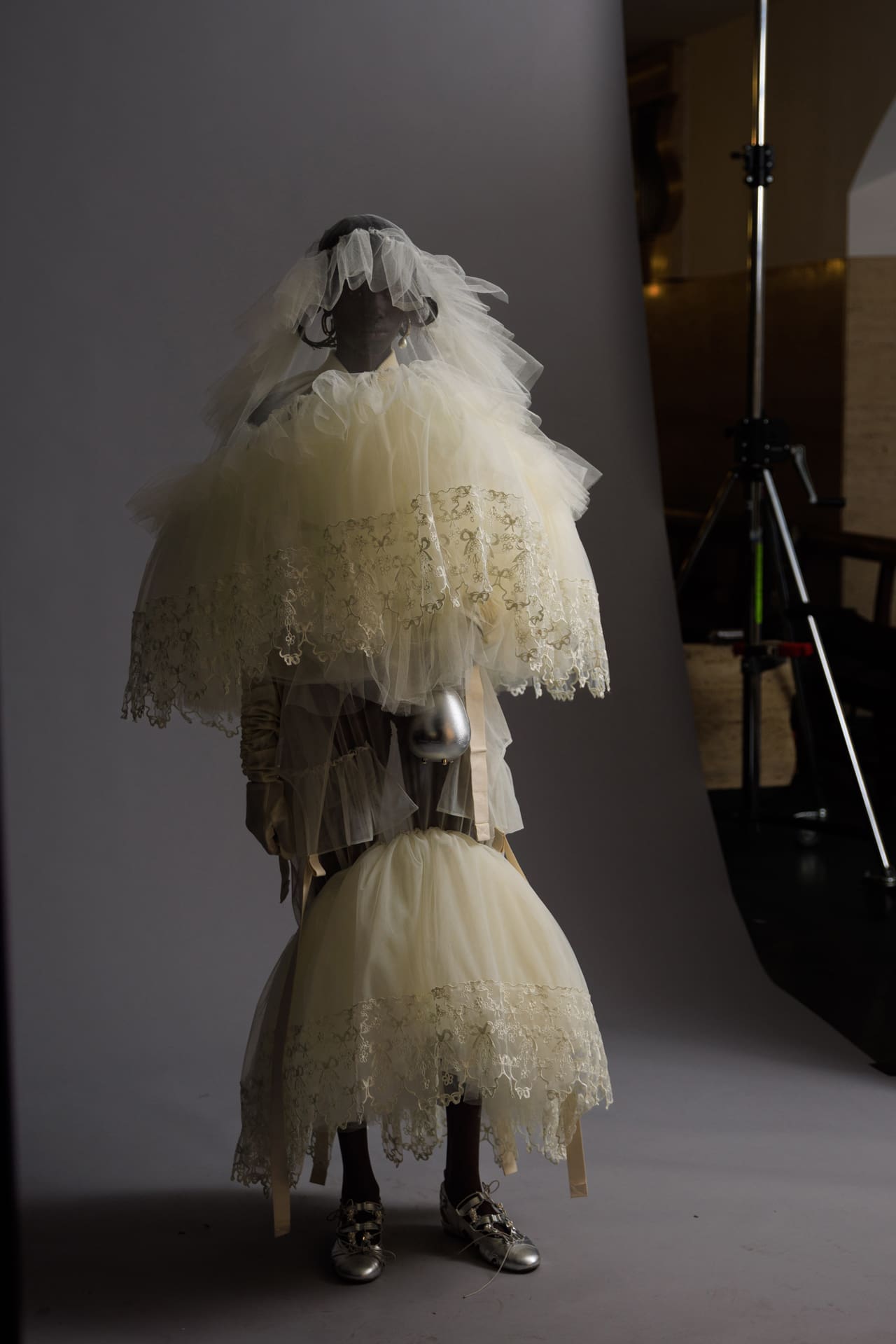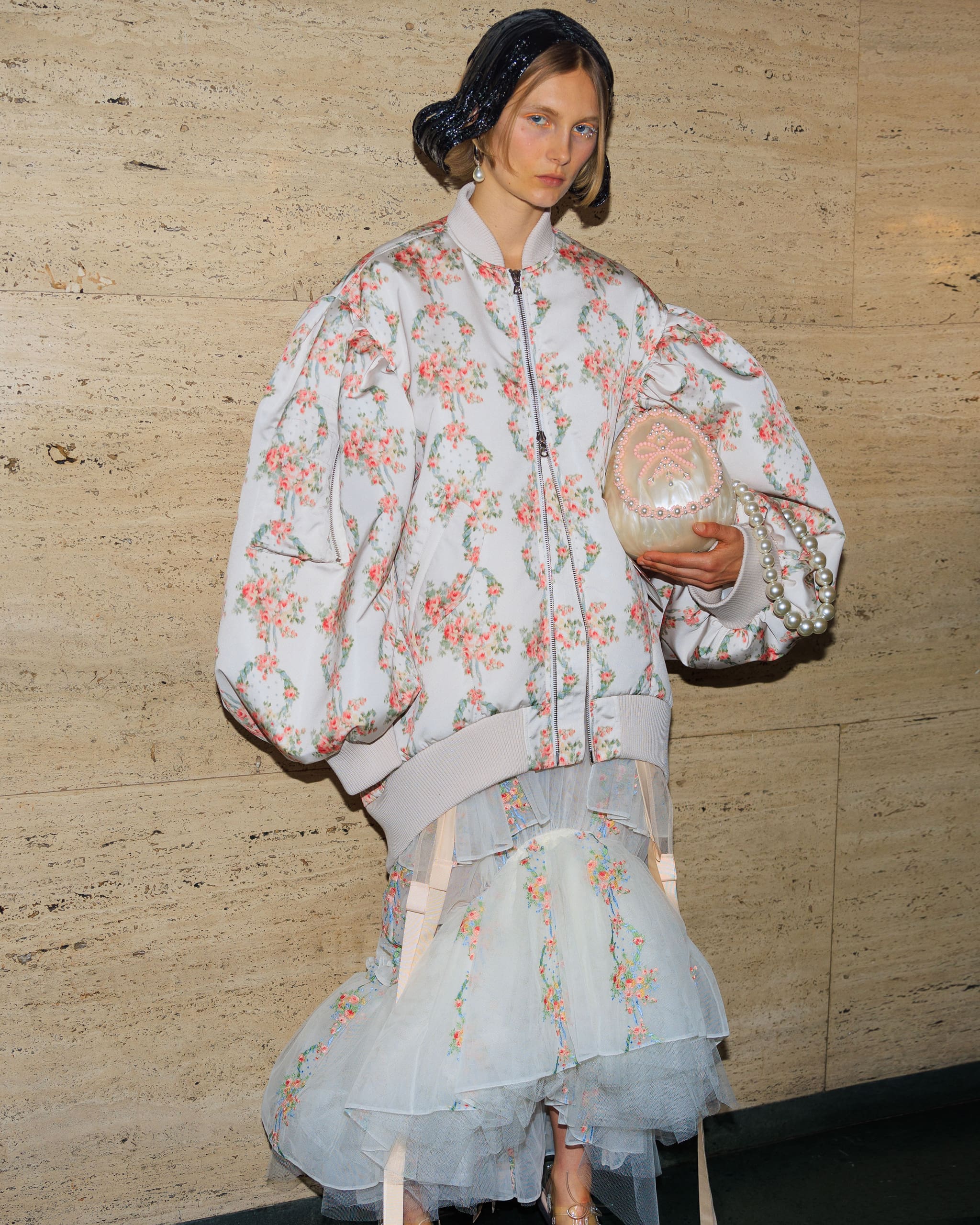Simone Rocha. Acielle/StyleDuMonde
After the passing of Britain’s longest reigning monarch, it was unclear whether LFW was pushing through, but the designer community rallied and respectfully resolved to forge forward.
Despite the city’s somber mood in the wake of Queen Elizabeth II’s passing, most of the designers for London Fashion Week still opted to present respectfully, with the exception of big label Burberry who politely rescheduled, and the supposed London debut of Raf Simons, which will not show as planned. Harris Reed, one of the first designers to open in this circuit and who advocated for the continuation of the shows—falling as it did during the national mourning period and the funeral—told the The New York Times, “Speaking with my fellow young designers, most of whom have put their entire brand budgets into shows to bring in sales and brand awareness, it is so important, now more than ever, to support the small brands in London.”
The British Fashion Council, which runs LFW, eventually declared that fashion week will go ahead but with festivities subdued: shows on the day of the funeral were rescheduled and all store opening and parties were held off. But the British capital’s fashion scene soldiered on with its usual diversity of talent, extending creative limits to an irreverent point that disregarded trends but instead, originated them. The savant-gardes have always shown in London and the rawness with refinement is always a wonder to see.
Before delving into what the incubator of newness has hatched, a rundown on roots and returns: Simone Rocha unveiled her first menswear collection. “I wanted to work into this beautiful masculinity, and really think about the juxtaposition to everything I’ve done within the last decade with women, and see how that world plays out in the crossover between the two,” she toldVogue Hong Kong. It was also a first for Asian American designer Chet Lo, who staged his solo show featuring his signature pliant-and-prickly pieces. A homecoming for two totems of British fashion were also welcomed: Christopher Kane, after his two year hiatus, and J.W. Anderson, who showed last in 2020. Bragging rights go to London as well for having back-to-back LVMH winners Nensi Dojaka and S.S. Daley exemplifying emerging talent at its best.


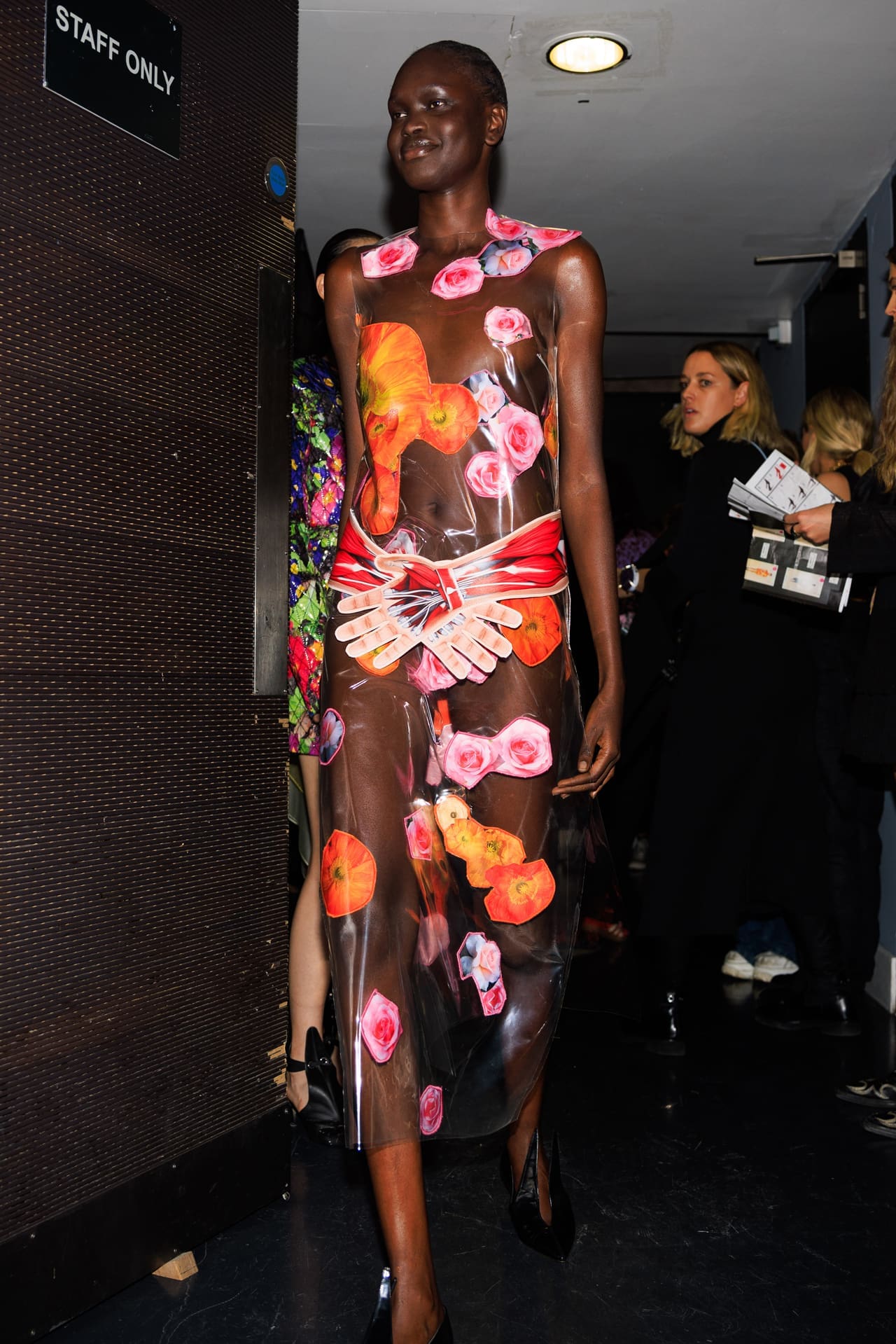

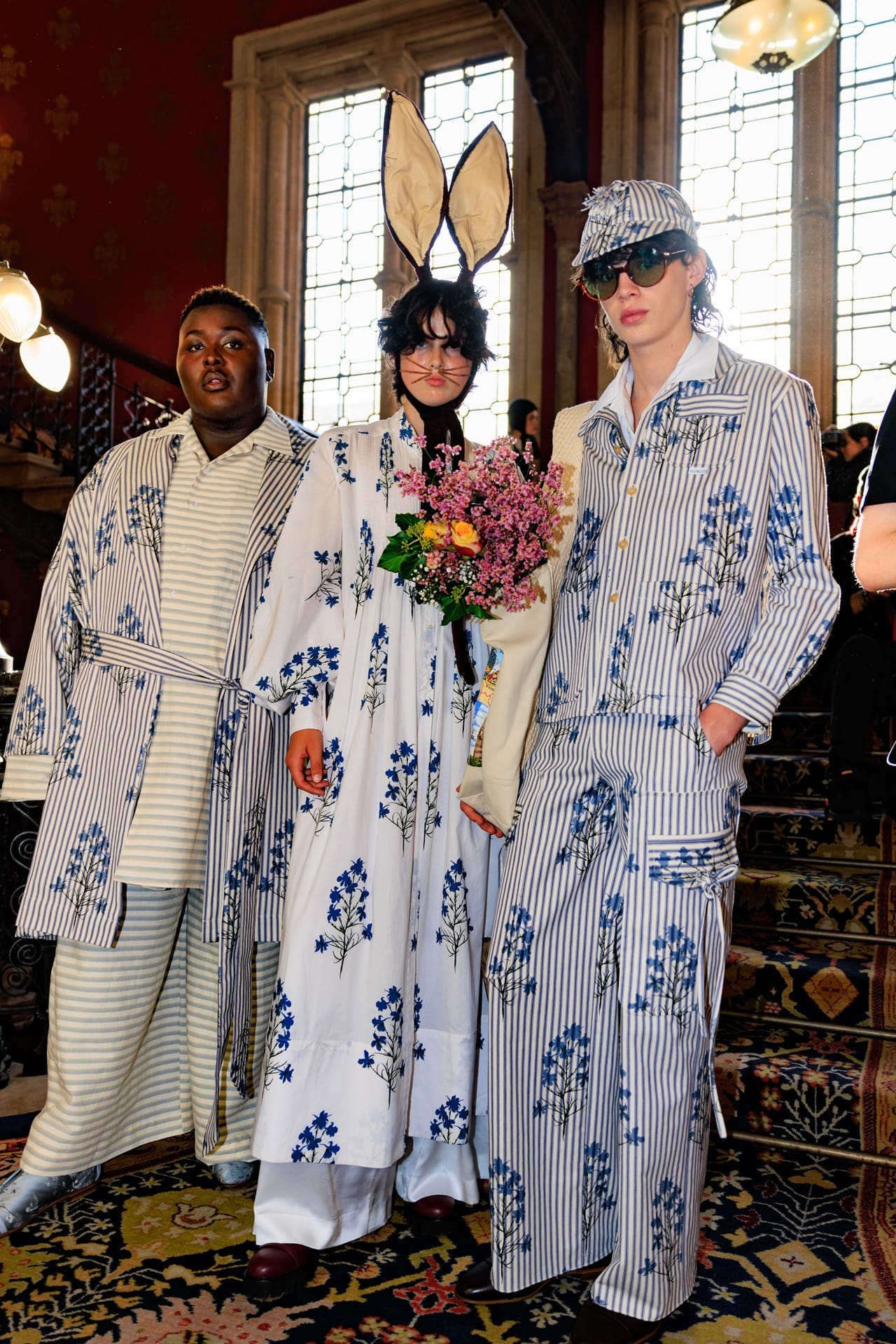
Last week’s big announcement was that of Harris Reed’s appointment as the new creative director of French Fashion house Nina Ricci. But before his major transition to a heritage house, Reed set the mood for all the up-and-coming labels with a bold, fearless, and, most importantly, sustainable collection using mostly deadstock fabric. And while the material may have been surplus in a previous order, it’s given new life with a 12-piece, fluid, debutante ball that pushed the campy glamour envelope in sculptural looks, extravagant drapes, and gravity-defying circular capes and halo-like headpieces. It was dramatic and optimistic in a sense that while fashion is always looking for the new, it never forgets to have fun.
On that mischievous note, transparencies were taken out of the customary feminine trappings and on to the realm of the quirky and the clever. A goldfish in a plastic bag was reimagined as a mini dress at J.W. Anderson with the knot as a shoulder statement and the lip of bag, its natural frou-frou. Christopher Kane created see-through bondage that—depending on the viewer—gave illusions of defined torsos or skeleton-like rib lines to bodies. Clear vinyl was also used as harnesses to float inset bra cups and levitate empire dresses. Translucency was also the theme at Erdem, where a gossamer corset layered over a bustier dress was a clever way to two-tone things. Buoyant diaphanous layers over close-to-the-body pieces gave a mantle of movement and the last three looks, an overlay in three parts: tulle-over-mesh-over-tulle.
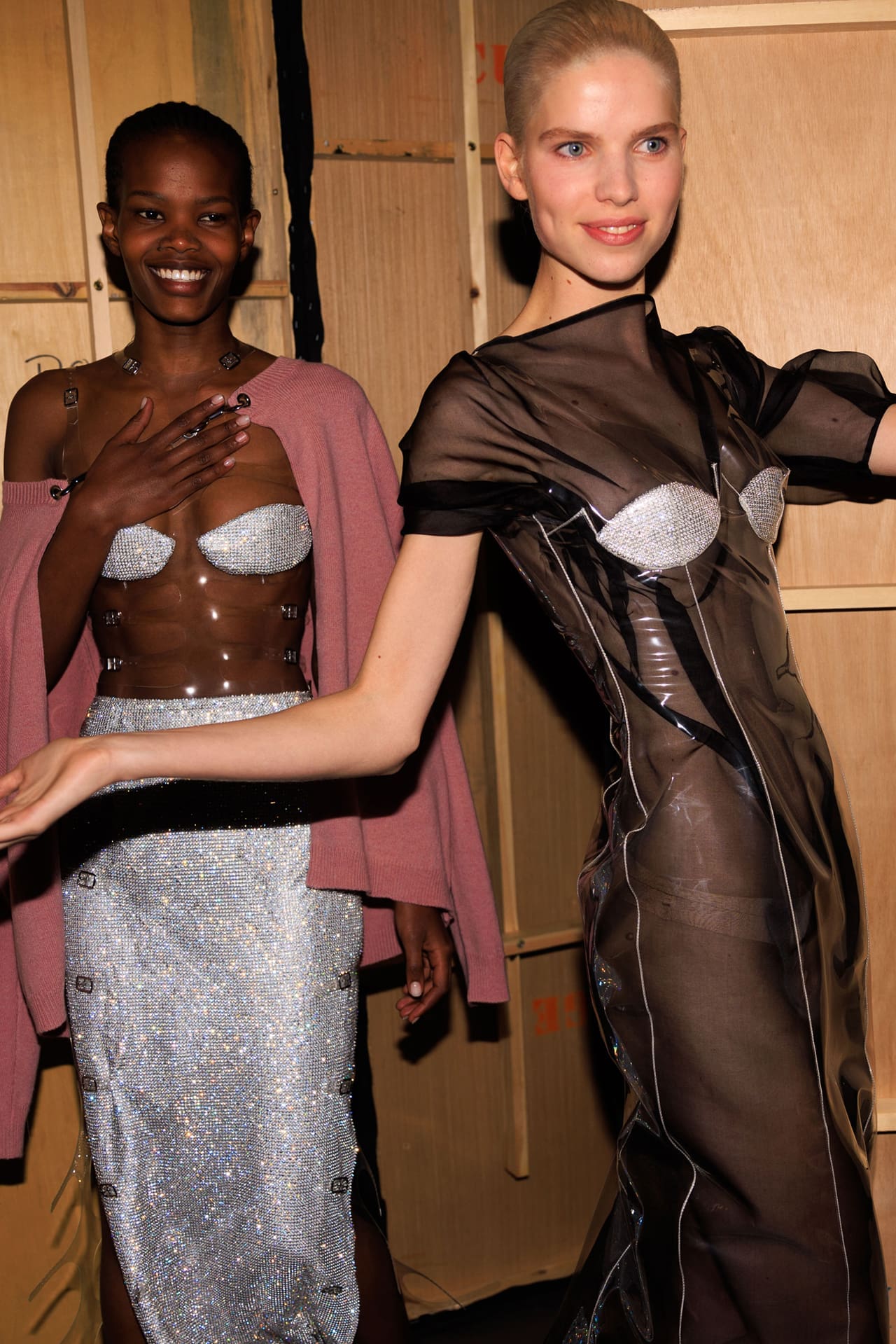
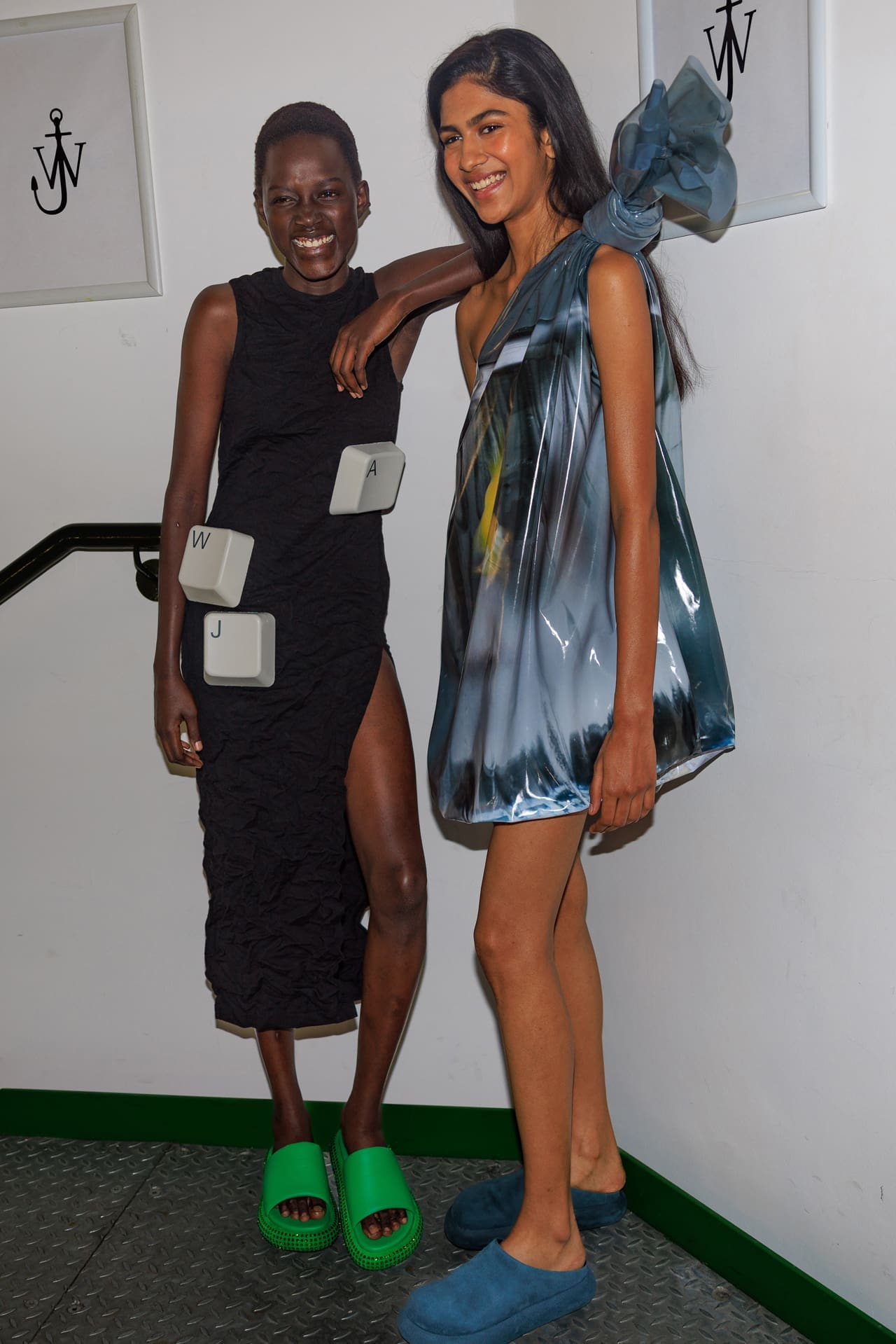

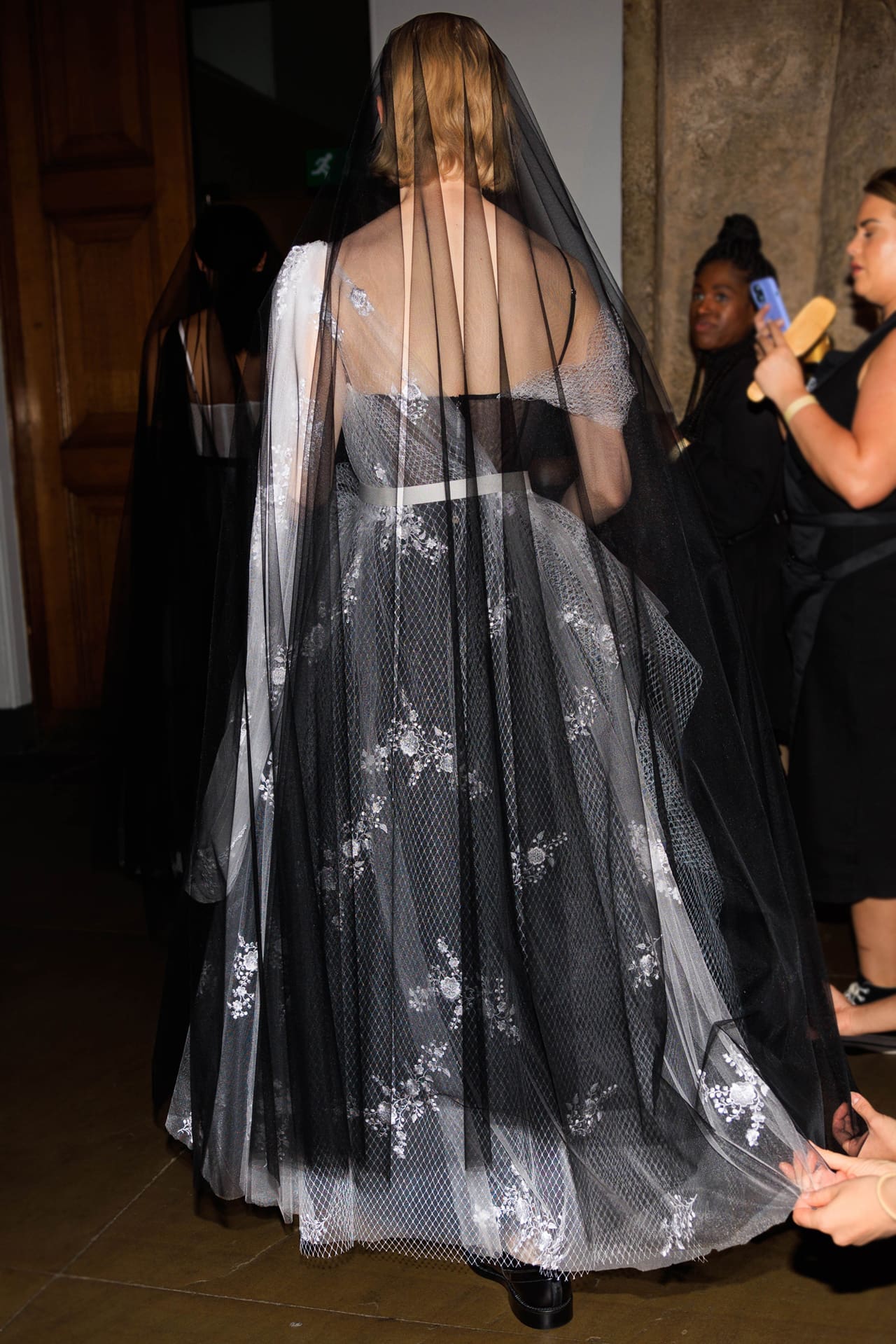
A big, forgive the pun, delight always expected from the London runways are exaggerated volume in tulle. “When I start a collection, it’s sketches, silhouettes, fabrics, textures: we swatch fabric samples and work out frills, and frills in different fabrics, and the combination of prints. I love clashing prints, clashing colors, and clashing textures,” explained Molly Goddard to Vogue. We think that that perfectly sums up the English obsession with hyper-expansive, dramatic dresses that not only take up space but all of your attention as well. Goddard’s version was in new hi-vis combos: neon green with purple, pink with rust, and red with fuchsias. Rocha’s iterations were in tiered confections either as a mermaid hem or oversized bombers. It also resurfaced as ruff collars and skirts that, even if it was worn by men, came off as non-gender specific. For an added layer of texture and toughness, harnesses, tri-glide buckles, and parachute straps—lots of it, on shoulders, sleeves, legs, and on hems—swished on by with cool insouciance.

Against the tide of casualness, which has been much of our wardrobe in the past years anyways, is the new wave of body con, led by no other than London’s current fashion star Nensi Dojaka. One would think her complex lingerie look could not best her innovation from the last collection. But her newest offering is even more engineered and more complicated, with construction that manipulates chiffon to unprecedented newness. A precise placement of a string here, a suspended intersection there, and a delicate creation mastering the nuance of concealing and revealing is perfected. A favorite? The latest string-detailed, boudoir-meets-blazer hybrid where chiffon is spliced into tailoring.
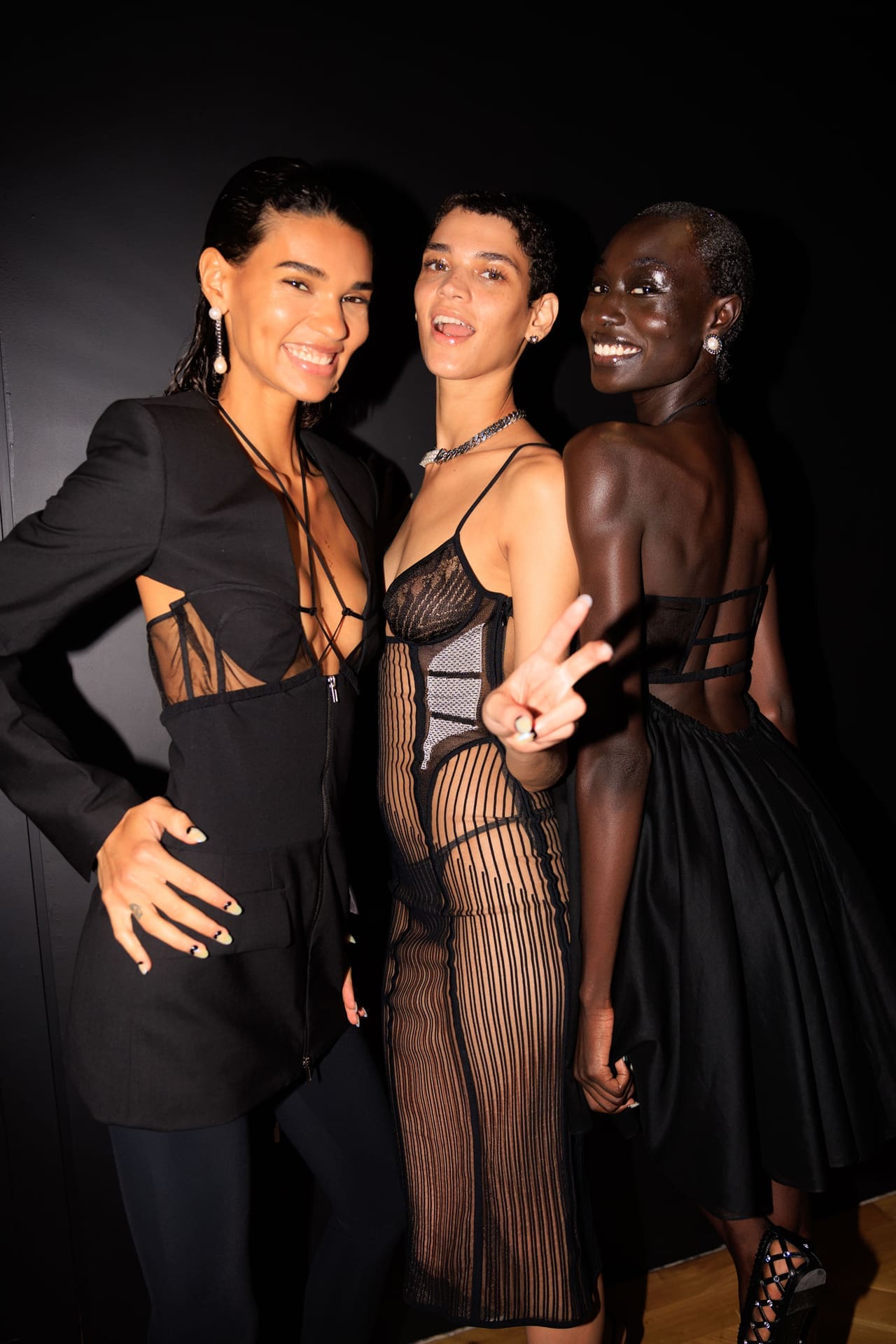
And then there were veils. It was in the closing moments at Erdem’s: beautiful, airy ballgowns covered in simple black sheaths. It was ruffled tiers at Simone Rocha. Richard Quinn’s proposal was the most palpable as a tribute to the late Queen. His career inseparably associated with the monarch after he was presented the Queen Elizabeth II Award for British Design in 2018. Not only personally bestowed with the honor but also granted audience by way of the Queen seating front row in his show. That accounts for Quinn’s recognition as one of the country’s premier designers, naturally. And in honor of that support, his show opened with a somber train of all black looks replete with face coverings, save but one, where the model wore no veil but a black crown. A touching tribute to an end of an era. But then again, while veils are indeed powerful symbols of mourning, at weddings and christenings, they can also be equally powerful as a sign of new beginnings. However the case, the momentous event will signify change, and isn’t that really the fundamental of fashion?
